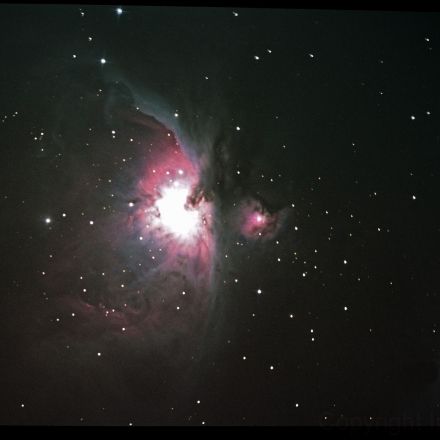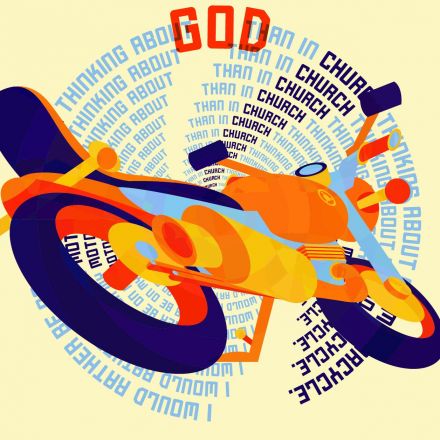Thank you
Your email has been added to our waiting list and we will send an invite to you as soon as possible. Thank you for your patience.
In the meantime, if you happen to run a blog, our newly launched Blog Enhancement Suite can utilize the immense power of community to help you get more audience, engagement, content, and revenue with your own embeddable community! It will breathe new life into your blog and can automate many of the tedious tasks that come with the territory, so you can focus more on what matters most... writing.
Help spread the word about Snapzu:
Let others know about Snapzu by tweeting about us. We appreciate every mention!
Tweet it!





























Join the Discussion
Wow, that pic of Saturn is amazing.
Yes...and M42 Neb is nice and crisp. Intergage, you obviously have a hankering for astrology, you don't just point a telescope up in the sky and shoot. It takes real precision.
When I look into the sky, I never see those colors: it's all grey, black and white. I still wonder why.
Edit: I am not colourblind.
Beautiful!!! Interesting fact: The red light from the Lagoon Nebula M8
The Lagoon Nebula will appear gray because our naked eyes are not sensitive enough to see its true color. But through a telescope it is invariably red. This color is caused by hydrogen gas and the spray becoming ionized by the strong light of the massive stars that are located in the mist. Nebulae, like M8, also have HII regions called HII where the mist is in an ionized hydrogen state. This hydrogen has lost its excess energy which makes it radiate and consequently makes the nebula visible. It is one of the largest of its kind in the Milky Way but in other galaxies tens of thousands of stars exist at the same time with similar forms. In the Lagoon Nebula, this number is in the hundreds.
You just gave me a valid reason to save up for a telescope. :-)
Adding to this, the reason you get color like in the photos is because these are 1000's of photos stacked on top of each other. Each single frame of all those objects are grayscale as I can't track long enough to have a massive exposure time. I'm currently selling my setup and upgrading to a better setup for photography. Once I get the new setup, the mount will be able to track what ever object I'm shooting to it's true course. The sky doesn't move left to right, or from one side to the other, it moves in an eclipes almost. Tracking the movement of objects that are at your Zenth (Straight up) get a lot of rotation, thus stopping very long exposure settings.
Beautiful pictures! NGC 7078 is my favorite of the bunch.